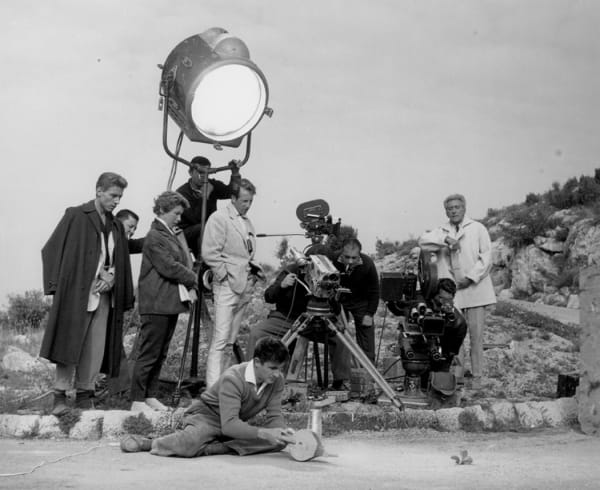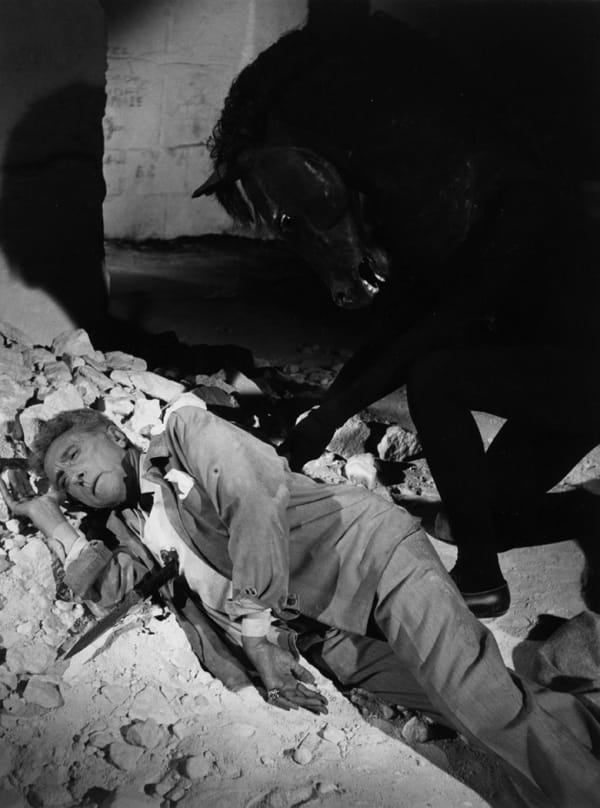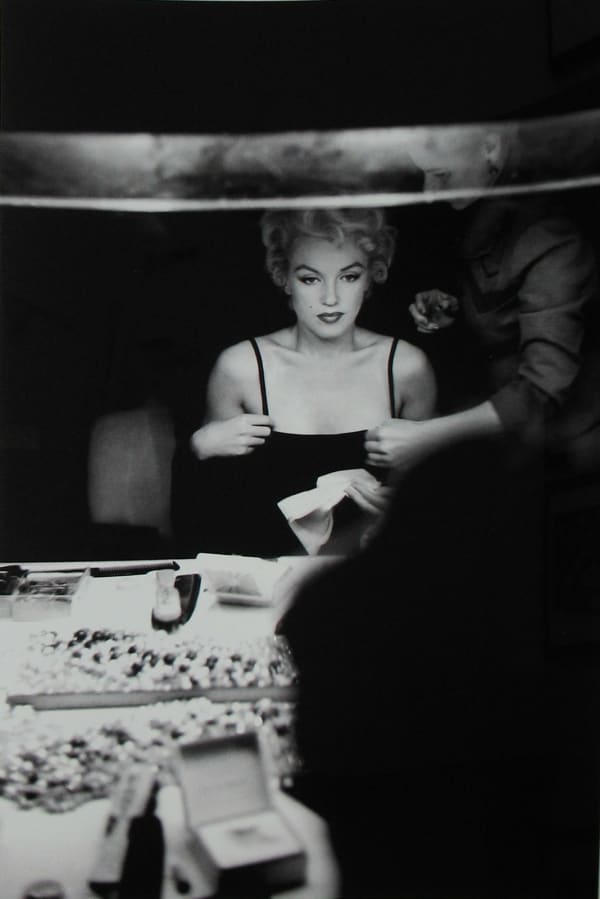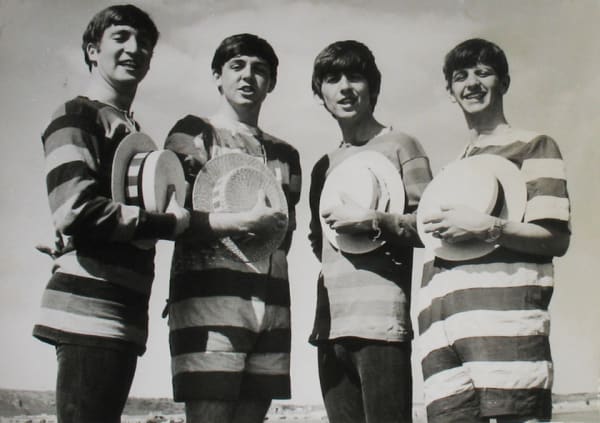Sam Shaw, Lucien Clergue, Dezo Hoffman, Hatami: 1955-1965, An Era of Social and Cultural Revolution
WESTWOOD GALLERY NYC presents an exhibition exploring the cultural icons who helped define a decade of accelerated change—Marilyn Monroe, Jean Cocteau, and The Beatles. Spanning 1955 to 1965, these figures not only transformed film, art, and music, but shaped a global image of creativity, rebellion, and modern celebrity. Through 48 photographs—16 dedicated to each subject—the exhibition traces how their influence crossed borders and mediums, leaving behind a visual record that continues to shape how we remember the era.
Captured through the lenses of Sam Shaw, Lucien Clergue, and Dezo Hoffman, the photographs offer intimate access to three distinct worlds: Monroe’s candid, lyrical presence in New York and the Hamptons; Cocteau’s avant-garde universe at the end of his cinematic career; and the Beatles at the dawn of their international rise. Together, these images reveal not only the public personas of cultural legends, but the creative networks, friendships, and artistic environments that surrounded them.
-
 Lucien Clergue, Jean Cocteau as The Poet and the Sphinx, Testament of Orpheus, Val d’Enfer, Les Baux-de-Provence, 1959
Lucien Clergue, Jean Cocteau as The Poet and the Sphinx, Testament of Orpheus, Val d’Enfer, Les Baux-de-Provence, 1959 -
 Lucien Clergue, Testament of Orpheus, the final scene with Edouard Dermithe, Claude Pinoteau and Jean Cocteau, Route de l’Artubie, 1959
Lucien Clergue, Testament of Orpheus, the final scene with Edouard Dermithe, Claude Pinoteau and Jean Cocteau, Route de l’Artubie, 1959 -
 Lucien Clergue, Jean Cocteau in the Testament of Orpheus, Les Baux-de-Provence, 1959
Lucien Clergue, Jean Cocteau in the Testament of Orpheus, Les Baux-de-Provence, 1959 -
 Lucien Clergue, Jean Cocteau in Louis XV costume on the camera, Testament of Orpheus, Studios de la Victorine, Nice, 1959
Lucien Clergue, Jean Cocteau in Louis XV costume on the camera, Testament of Orpheus, Studios de la Victorine, Nice, 1959
What do Marilyn Monroe, Jean Cocteau and the Beatles have in common? They were all instrumental in shaping our view of an era of cultural transformation, 1955-1965. Each of them crossed boundaries and cultural borders, becoming internationally recognized for acting, art or musical talent, as well as their iconic personalities. As we pass milestone anniversaries, such as the 50th year of Marilyn Monroe's death, 125 years of Cocteau's birth and 50 years since the Beatles debut on the Ed Sullivan Show, we relive moments through the photographs on exhibit. The Westwood Gallery exhibition comprises 48 photographs divided into 16 photographs of each of the three subjects.
SAM SHAW (1912-1999) captured classic black and white photographs of Marilyn Monroe in 1956-57, creating a narrative of whimsical and happy moments in New York. A series of Marilyn photographs were shot in Central Park and Fifth Avenue, along with images of Marilyn and Arthur Miller in a new convertible 1956 Ford Thunderbird. Shaw's close relationship with Monroe was evident from his playful, relaxed images of her on the grounds of the Miller estate in Connecticut and Marilyn frolicking on the beach in Easthampton. In January 2014, Newsweek published a special issue devoted to a lost scrapbook owned by Monroe, which revealed for the first time a love note she wrote to Sam Shaw, along with treasured Shaw photos of Marilyn which she glued in the scrapbook. During his lifetime, Sam Shaw's photographs graced the covers of LIFE, Look, Paris-Match, L'Europeo, The Daily Mail, Der Stern and Harper's Bazaar. His fine art prints have been exhibited in U.S. and European museums and galleries. The MTA of NYC installed a public exhibit of large scale light boxes of Sam Shaw's Marilyn Monroe photographs on display in the subways at 42nd Street and at 6th Avenue.
LUCIEN CLERGUE (1934-2014) documented artistic and surreal images from Jean Cocteau's last film, Testament of Orpheus (1959). The photographs include set scenes, such as actors costumed as virile black centaurs, a papier-mâché white winged sphinx and behind the scenes with Yul Brenner and Cocteau directing. Pablo Picasso, friend of Cocteau and Clergue, is shown in a group photo wearing a beret, smoking a cigarette, and standing near two male actors wearing only paint spattered briefs. Jean Cocteau (1889-1963) told Clergue to do as he pleased in capturing the essence of the film since Cocteau believed in Clergue's unique photographic talent. Throughout his 60 year career, Lucien Clergue also photographed prominent individuals in the arts, such as Picasso, Roland Barthes, Max Ernst, Henri Cartier-Bresson, Robert Doisneau, Salvador Dali, Jean Renoir and André Kertész. He is co-founder with Michel Tournier of the internationally recognized photography festival Les Rencontres d'Arles Photographie and recipient of the French Legion of Honor. He is also the first photographer bestowed with Chairmanship of the Académie des Beaux Arts of the Institute of France. Clergue's photographs have been exhibited in over 100 solo exhibitions worldwide.
DEZO HOFFMAN (1912-1973) followed the Beatles career in Europe and captured whimsical images of the four Beatles at a seaside resort in the UK wearing striped bathing attire and saluting with straw hats. Hoffman studied journalism in Prague and started his career as a photojournalist at Twentieth Century Fox in Paris. After WWII he remained in London and in 1955 he collaborated with Record Mirror and went on to photograph many other entertainment personalities.













